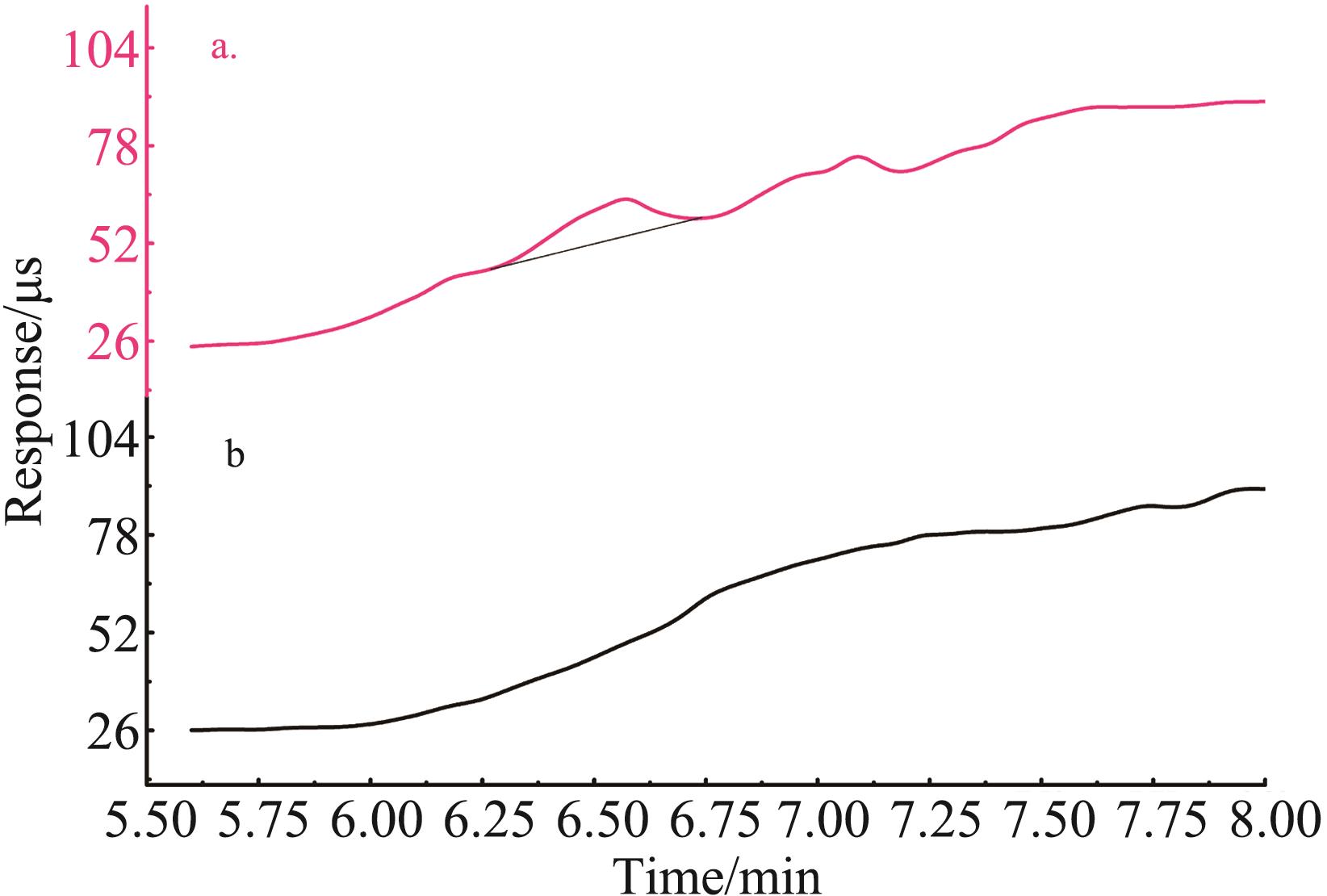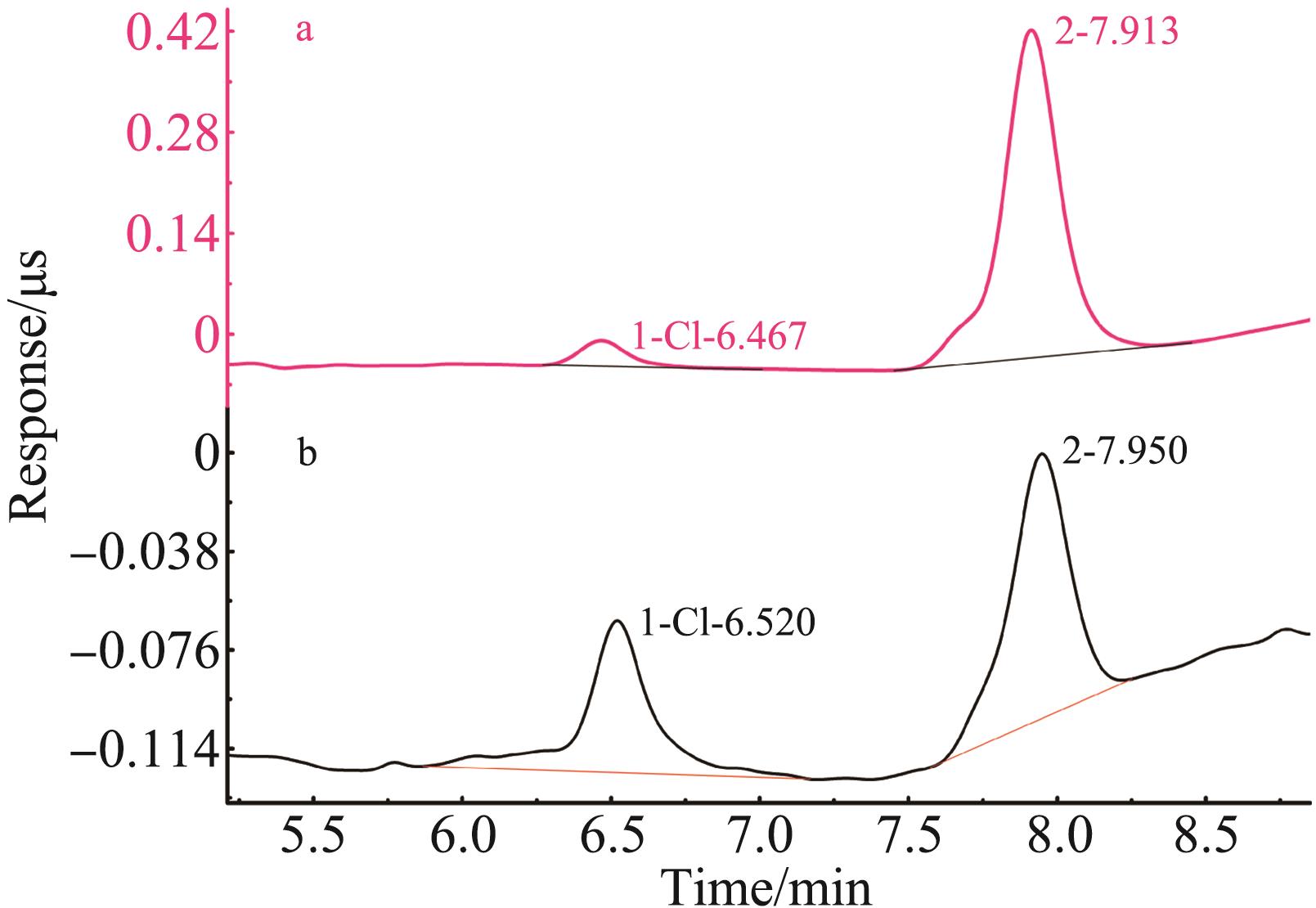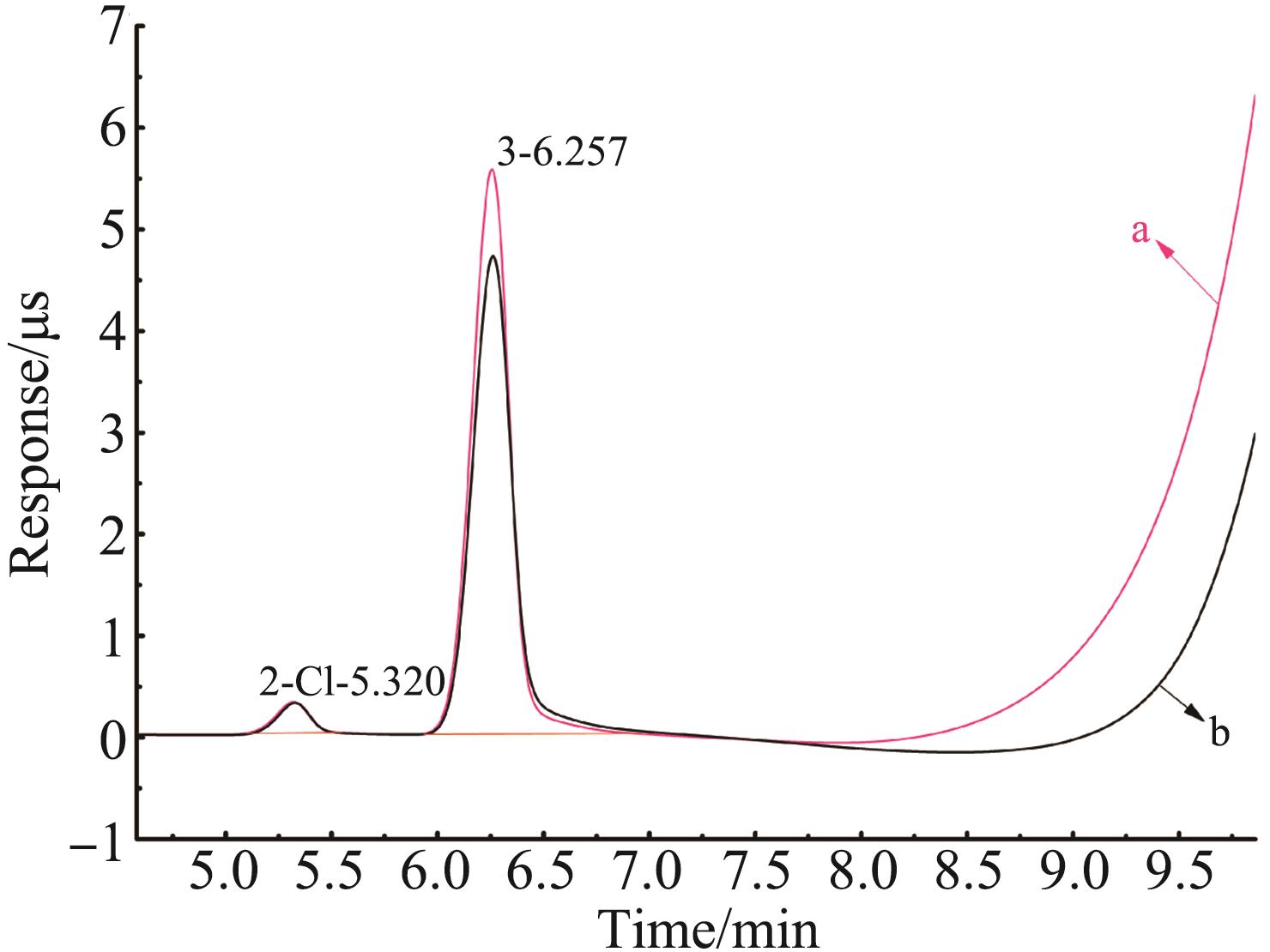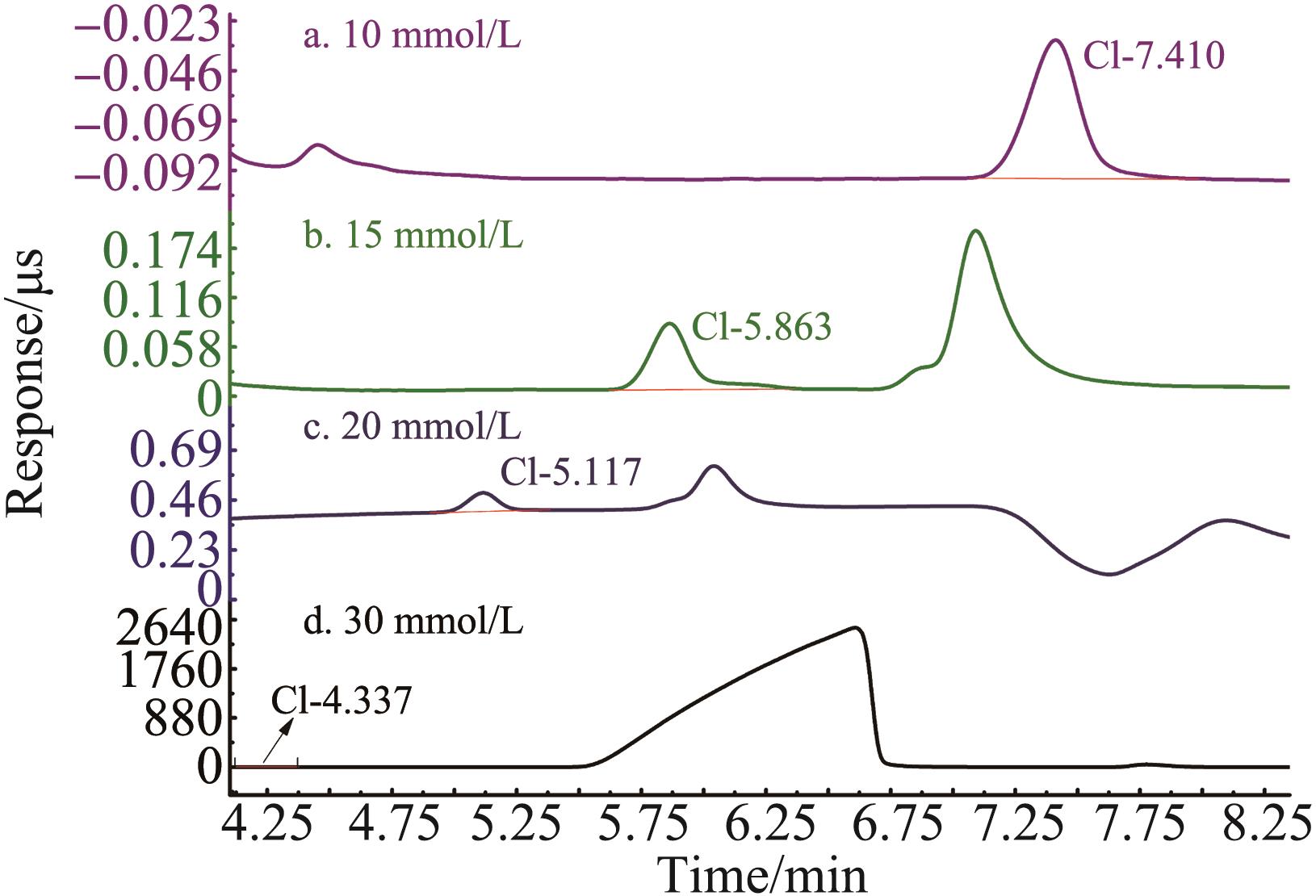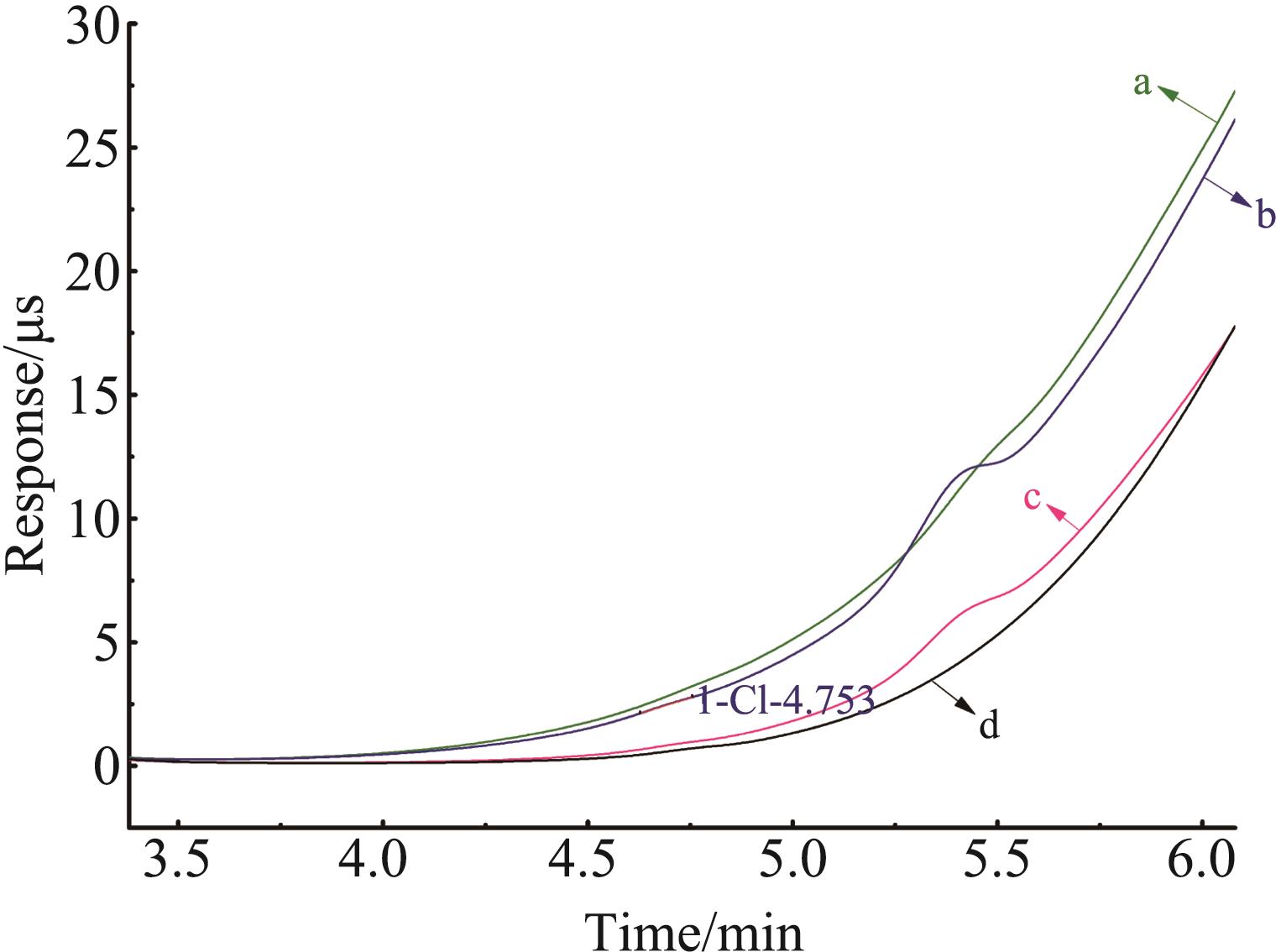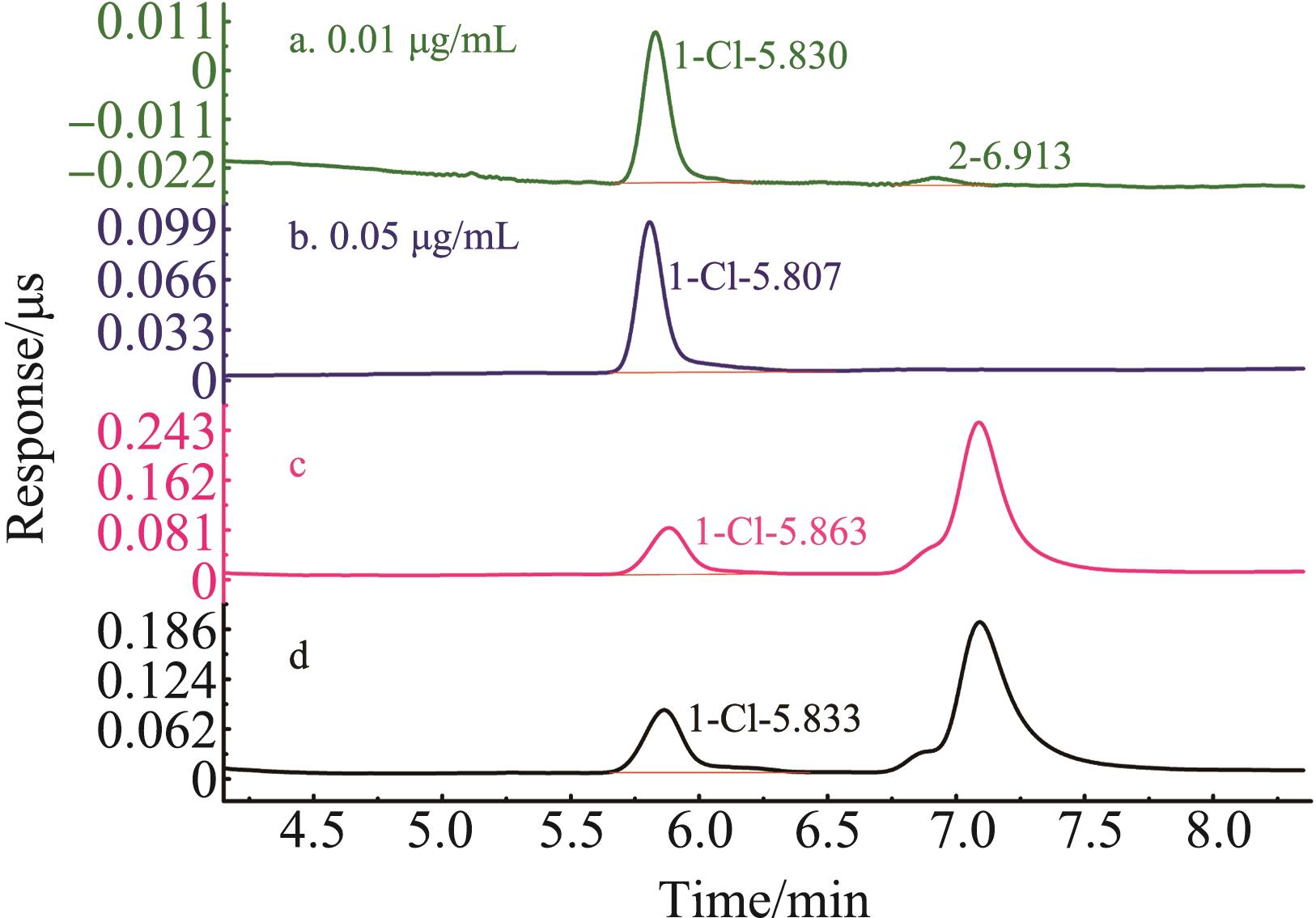| 1 |
王嵩, 刘禹明, 罗启顺, 等. 联合法生产海绵钛中杂质氯含量的控制[J]. 云南冶金, 2015, 44(4): 52-54, 63.
|
|
WANG S, LIU Y M, LUO Q S, et al. Study on content control of impurity chlorine in joint sponge titanium production[J]. Yunnan Metall, 2015, 44(4): 52-54, 63.
|
| 2 |
刘林, 龚厚亮, 仲利, 等. 超声波加速溶解-硝酸银比浊法测定海绵钛中氯[J]. 冶金分析, 2017, 37(3): 78-82.
|
|
LIU L, GONG H L, ZHONG L, et al. Determination of chlorine in sponge titanium by silver nitrate turbidmetry with ultrasonic accelerated dissolution[J]. Metall Anal, 2017, 37(3): 78-82.
|
| 3 |
惠秋红, 崔庆雄, 刘坤兰, 等. 极谱法快速测定海绵钛中的氯离子[J]. 云南冶金, 2013, 42(2): 101-103.
|
|
HUI Q H, CUI Q X, LIU K L, et al. Quick determination of chloride ion in titanium sponge by polarography method[J]. Yunnan Metall, 2013, 42(2): 101-103.
|
| 4 |
陶虹, 李玉清, 王举, 等. 一种自动电位滴定法测定海绵钛中氯含量的方法: 中国, 201310414547.1[P]. 2014-01-29.
|
|
TAO H, LI Y Q, WANG J, et al. A method for determination of chlorine content in titanium sponge by automatic potentiometric titration: CN, 201310414547.1[P]. 2014-01-29.
|
| 5 |
宋光林, 郭鹏然, 李晋庆, 等. 酸水解-离子色谱法测定精四氯化钛中三氯乙酰氯[J]. 分析化学, 2015, 43(6): 909-913.
|
|
SONG G L, GUO P R, LI J Q, et al. Determination of trichloroacetyl chloride in refine titanium tetrachloride by acid hydrolysis and ion chromatography[J]. Chinese J Anal Chem, 2015, 43(6): 909-913.
|
| 6 |
MOHANA R S, KRAJMALNIKBROWN R, DELGADO A G, et al. An ion chromatography method for simultaneous quantification of chromate, arsenate, selenate, perchlorate, and other inorganic anions in environmental media[J]. Environ Eng Sci, 2021, 38(7): 626-634.
|
| 7 |
HU L, CHEN B. Determination of chlorine and bromine in plant materials by ion chromatography[J]. Agric Sci Technol, 2016, 17(10): 2403-2405.
|
| 8 |
DAI P, HOU D J, GUO S, et al. Ion chromatographic determination of total bromine in electronic devices in conjunction with a catalytic reduction debromination pretreatment[J]. Anal Chim Acta, 2019, 1082: 49-55.
|
| 9 |
CAI L, SU X J, XIONG X Y. Analysis of sugar components of fermented rice wine by ion chromatography[J]. Agric Sci Technol, 2013, 14(10): 1500-1502.
|
| 10 |
NOGUCHI Y, ZHANG L, MARUTA T, et al. Simultaneous determination of fluorine, chlorine and bromine in cement with ion chromatography after pyrolysis[J]. Anal Chim Acta, 2009, 640(1/2): 106-109.
|
| 11 |
YU X, SONG W, YU Q Q, et al. Fast screening compositions of PM2.5 by ATR-FTIR: comparison with results from IC and OC/EC analyzers[J]. J Environ Sci China, 2018, 71(9): 76-88.
|
| 12 |
刘海霞, 狄婧, 饶红红, 等. 质子化壳聚糖功能性金纳米搅拌棒吸附萃取-离子色谱法测定乳制品中的亚硝酸盐及硝酸盐[J]. 分析化学, 2019, 47(9): 1395-1401.
|
|
LIU H X, DI J, RAO H H, et al. Determination of nitrite and nitrate in dairy products by protonated chitosan functionalized gold nanoarticles coated stir bar sorptive extraction with ion chromatography[J]. Chinese J Anal Chem, 2019, 47(9): 1395-1401.
|
| 13 |
陈磊, PHILIP H, 田芳, 等. 离子色谱法测定母乳中的寡聚糖与游离唾液酸[J]. 中国食品学报, 2019, 19(10): 227-234.
|
|
CHEN L, PHILIP H, TIAN F, et al. Determination of oligosaccharides and free sialic acid in human milk by ion chromatography[J]. Chinese Inst Food Sci Technol, 2019, 19(10): 227-234.
|
| 14 |
郑敬茹, 瞿厚淑, 付山, 等. 黄石市大气PM2.5中水溶性离子浓度特征及来源分析[J]. 环境科学研究, 2019, 32 (7): 1170-1178.
|
|
ZHENG J R, QU H S, FU S, et al. Characteristics and source analysis of water-soluble inorganic ions in PM2.5 in Huangshi city[J]. Res Environ Sci, 2019, 32(7): 1170-1178.
|
| 15 |
洪武兴, 田琼, 叶金燕, 等. 高温燃烧水解离子色谱法测定铬矿石中氟和氯[J]. 有色金属科学与工程, 2020, 11(4): 64-68.
|
|
HONG W X, TIAN Q, YE J Y, et al. Determination of fluorine and chlorine in chrome ore by high temperature combustion hydrolysis in ion chromatography[J]. Nonferrous Met Sci Eng, 2020, 11(4): 64-68.
|
| 16 |
王诗语, 凌凤香, 韩博, 等. 管式炉燃烧-离子色谱法测定固体生物质燃料中硫和氯[J]. 理化检验-化学分册, 2020, 56(7): 755-759.
|
|
WANG S Y, LING F X, HAN B, et al. IC determination of sulfur and chlorine in solid biomass fuel with tube furnace combustion [J]. Test Chem Anal Part B, 2020, 56(7): 755-759.
|
| 17 |
闫伊萌, 岳可心, 刘玉生, 等. 基于超高效液相色谱-四极杆-飞行时间串联质谱联用技术的黄英咳喘糖浆化学成分分析[J]. 应用化学, 2021, 38(3): 276-288.
|
|
YAN Y M, YUE K X, LIU Y S, et al. Characterization of components in huangying kechuan syrup by ultra-high liquid chromatography tandem quadrupole-time-of-flight mass spectrometry[J]. Chinese J Appl Chem, 2021, 38(3): 276-288.
|

 ), 常国梁1, 刘攀1, 张毅1, 张欣耀1,2,3, 李景滨1
), 常国梁1, 刘攀1, 张毅1, 张欣耀1,2,3, 李景滨1
 ), Guo-Liang CHANG1, Pan LIU1, Yi ZHANG1, Xin-Yao ZHANG1,2,3, Jing-Bin LI1
), Guo-Liang CHANG1, Pan LIU1, Yi ZHANG1, Xin-Yao ZHANG1,2,3, Jing-Bin LI1
